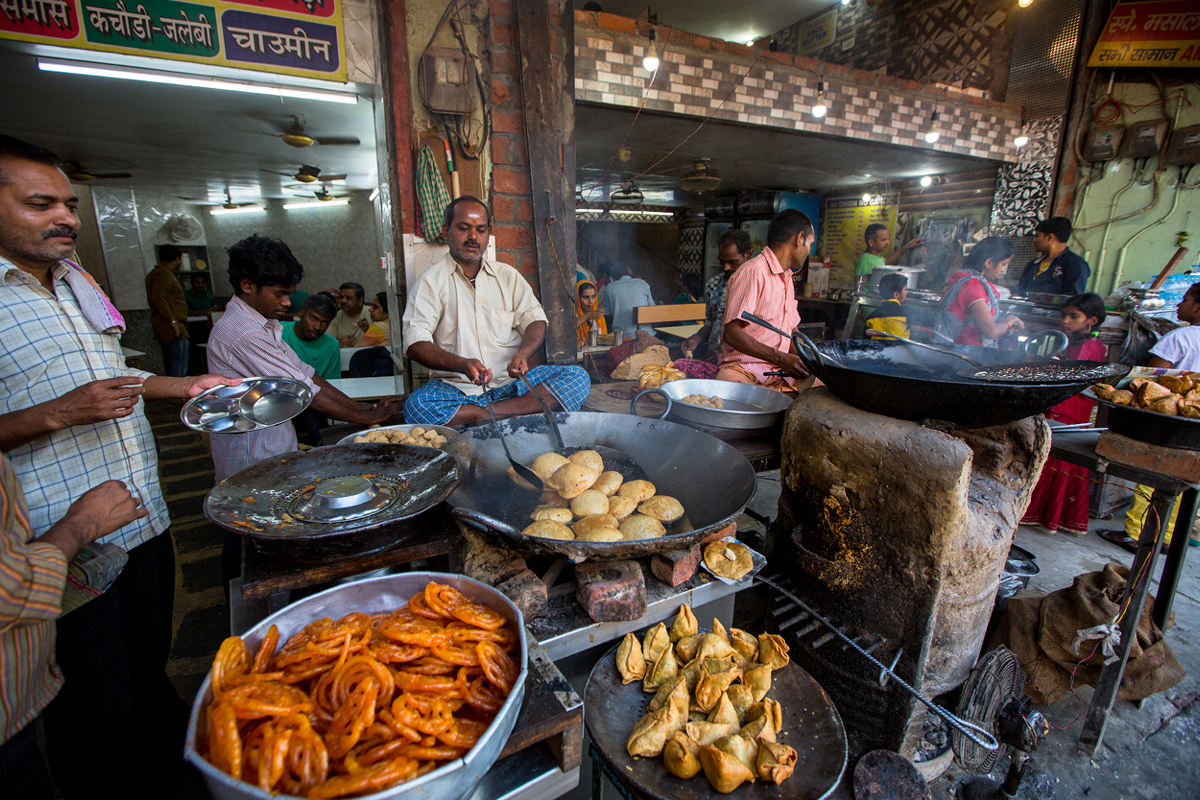The civic body, in association with the WHO, Bureau of Indian Standards (BIS) and two other agencies, conducted a survey and research on Kolkata’s street food with an objective to find easy and implementable methods to make street food safe in a sustained manner.

Acomprehensive survey on Kolkata street food, carried out jointly by the Kolkata Municipal Corporation (KMC) with World Health Organisation (WHO), and other agencies, revealed that poor disposal of garbage, lack of hygiene by vendors and re-use of oil, are still some of the major issues that continue to make the city’s street food unhealthy for consumption.
The civic body, in association with the WHO, Bureau of Indian Standards (BIS) and two other agencies, conducted a survey and research on Kolkata’s street food with an objective to find easy and implementable methods to make street food safe in a sustained manner. The study is based on a total of 42 indicators and covered 10 zones as identified by KMC.
It covered 104 areas in two detailed surveys and 54 areas in the sample survey. Speaking on the results of the study, Mr Atin Ghosh, deputy mayor and member, mayor-in-council, health, said “The survey report has revealed that most of the street food items are largely safe. However, we cannot say it is 100 per cent safe since the minimum standard of food safety is still not maintained by all vendors due to socio-economic problems.
An NGO survey earlier had revealed Kolkata has the safest street food in India. Consumers and street food vendors have become more conscious about food safety than before.” He added, “KMC had begun full scale food safety drives from 2015 and in the following years, we have also take stern action against food vendors who were found violating food safety norms. We have 16 food safety officer teams for all the16 boroughs of KMC who carry out inspection drives from Monday to Saturday and compile a ward wise report.”
Commenting on the study, Dr. Indira Chakraborty, who was involved with the project, pointed out, “We used 42 indicators for the study which included water, vendor hygiene, raw materials and several other factors. A total of 10 critical issues were observed which continues to make Kolkata street food unhealthy. Firstly, garbage removal is still a huge issue and cooking near it is extremely unhygienic.
The vendors need to dispose organic waste properly. Secondly, lack of personal hygiene while cooking, continues to be a major problem since vendors don’t wash their hands. Many have been observed scratching or fixing their hair while cooking. The hand gloves remain unchanged and are reused for days. Thirdly, use of unclean water for cooking is rampant” “Another worrying factor is frequent reuse of cooking oil. Oil should not be reheated and used for cooking but it is apparent among the city’s street food vendors. Our survey covered all parts of Kolkata” said Dr Chakraborty.
Among the overall inferences derived from the study, one is that maximum number of vendors (74-76 per cent) prepare and sell food at the place of sale and hence onthe- spot awareness generation is possible. Most vendors were found more aware about basic issues than they were earlier.
It was learnt that future steps include conducting nationwide pilot assessments and sharing results with city authorities; creation of safe street food zones in identified areas in Kolkata which will include awareness generation, monitoring, provision of simple amenities etc. Conducting water quality monitoring in different food establishments was also recognised as vital.
No comments:
Post a Comment